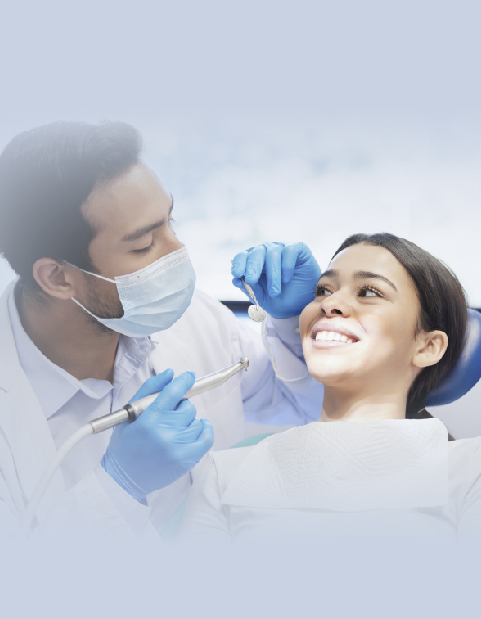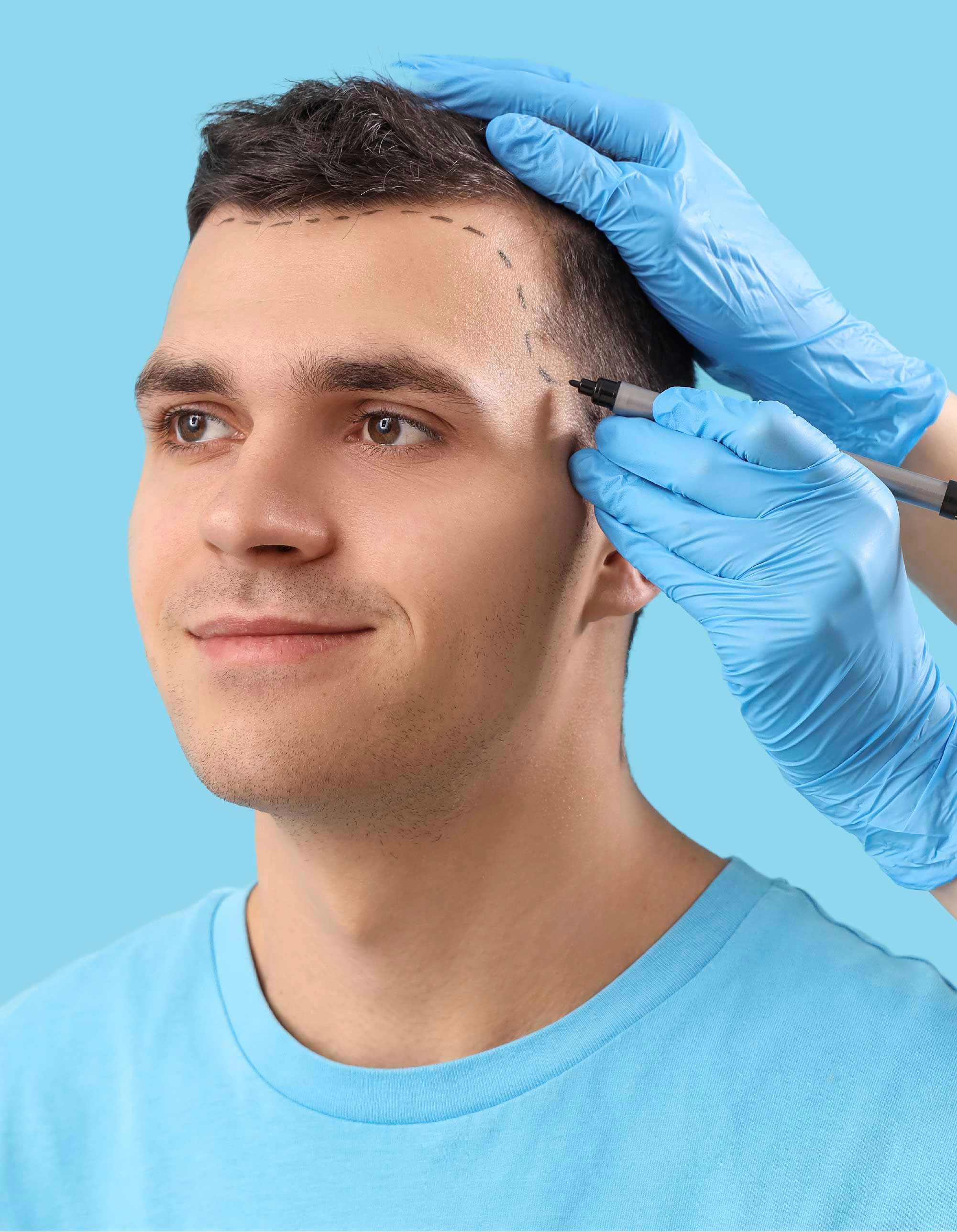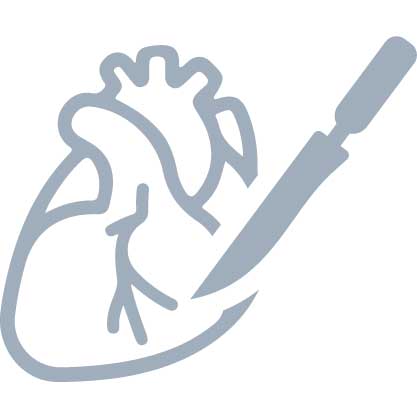
Ophthalmology
How General Eye Examination Is Performed in Ophthalmology?
- Detection of refractive disorders,
- Evaluation of visual acuity,
- Measurement of intraocular pressure,
- Evaluation of cornea, iris, lens and fundus (optic nerve and retina) with biomicroscope
- Strabismus, eye muscles
CATARACT
This disease is manifested by loss of transparency in the lens that is located behind the pupil. Cataract cannot be managed with eye drops or eyeglasses. Treatment option is a surgical procedure.
- Frequently changing number of correction glasses and dissatisfied eyesight despite eyeglasses
- Unclear vision despite eyeglasses
- Poor color vision, yellowness
- Decreased vision at night and dim light
STRABISMUS
Strabismus is a condition that may develop in childhood and adulthood.
Treatment:It is a wide-spectrum disease with following characteristics;
- It is surgical in nature.
- It can be corrected with eyeglasses alone.
- It can be associated with or without amblyopia (lazy eye).
- It is secondary to paralysis of eye muscles.
RETINA
This part of the eye forms the innermost layer of the eye, includes the eyesight cells and provides the neural signal to the optic nerve. There are many eye diseases that involve retina, including but not limited to:
- Retinal hemorrhage secondary to diabetes mellitus.
- Retinal hemorrhage and edema secondary to retinal vascular occlusion and hypertension,
- Yellow spot disease,
- Macular edema,
- Retinal and uveal tumors,
- Retinal tears and detachment
EYELID DISORDERS
These include congenital or acquired disorders of eyelids.
- Droopy eyelid (ptosis)
- Outward deviation of eyes (exotropia) or inward deviation of eyes (esotropia)
- Inward growth of eyelashes
- Eyelid tumors
- Hordeolum and eyelid cysts,
- Droopy eyelid and dysfunction secondary to facial paralysis,
- Involuntary contraction of eyelid; these are some examples of these diseases.
GLAUCOMA (high intraocular pressure)
Optic nerve is damaged due to high intraocular pressure. It is an insidious disease, as it does not cause any symptom at early stages and it narrows the peripheral vision rather than the central zone. Unless extreme elevation of intraocular pressure causes glaucoma crisis, the disease is usually detected in a routine eye examination and therefore, routine eye exam is recommended for patients older than 40 and with family history of glaucoma.
Diagnosis of glaucoma cannot be made solely by measuring the intraocular pressure; the diagnosis should be supported by certain tests, such as OCT, visual field test and pachymetry. Although there are routinely accepted limits for intraocular pressure, interpersonal variations are likely.
Medical treatment, laser and surgical treatment are management options for the glaucoma. Treatment is modified according to the intraocular pressure readings, response to drugs and the damage to the eye caused by glaucoma.
EYELID AESTHETICS
Eyelids and skin of eyes sag and collapse and wrinkles and bags develop secondary to aging. Certain familial factors may also lead to similar problems even in younger individuals. Surgical treatments are planned according to personal needs of patients and satisfying results are obtained to correct the tired and unhappy look.
For the lower eyelid aesthetics, the skin can be incised or the incision is hidden to the interior lining of the eyelid. This surgery can help bags under eyes, saggy skin and droopy eyelids.
PROSTHETIC EYE
If the eyesight is lost secondary to a reason whatsoever, prosthetic eye surgery is performed to eliminate unpleasant look of the eye, alleviate pain and correct the collapse of the globe. There are two techniques, including enucleation (complete removal of the eye) or removal of the interior tissues, while the sclera, white part of the eye, is left untouched. A ball is implanted to help the volume loss, while the muscles are stitched to the ball to maintain the motions. After the convalescence, the prosthetic eye is implanted to gain a look that is very close to the natural look.
DISEASES OF LACRIMAL DUCTS:
- Congenital occlusion of lacrimal ducts,
- Acquired obstruction of lacrimal ducts,
- Dry eye
- Trauma to the lacrimal ducts; these are some examples of lacrimal duct diseases.
ORBITAL DISEASES
- Eye diseases secondary to disorders of thyroid gland (anterior bulging of the eye, also called exophthalmos)
- Orbital tumors
- Optic nerve tumors
- Pseudotumor cerebri; orbital diseases cover a wide spectrum of disorders.
Collapses and dark circles in and around the lower eyelid can be corrected with filler substances that contain hyaluronic acid specially manufactured for the periocular skin.
COSMETIC BOTOX THERAPY
Wrinkles that develop around the eye and between eyebrows lead to angry and old look. Botox therapy is employed to eliminate these problems; if it is planned in line with the needs of the person, it does not cause loss of facial expressions. On the other hand, it provides the person with happy, young and rested look. Botox therapy works by inhibiting contraction of muscles that cause wrinkles and it prevents development of irreversible lines and wrinkles. Side effects are very rare.
EYE EXAMINATION IN CHILDREN
Certain eye diseases develop in childhood, but they cannot be treated in the future, if they cannot be diagnosed at early stage. Therefore, regular eye exam is very important in children. Eye exam is a must for all children; especially the children aged 1, 3 to 4 years and at pre-school period.Children with family history of amblyopia, strabismus and high-number correction glasses should present to an ophthalmologist in a timely manner.
- Droopy eyelid
- Chronic watering of eyes
- Sitting very close to the TV
- Squinting or need to close one eye
Updated date : Ağustos 29, 2023
Upload date : Temmuz 25, 2023
Doctors

Şükrü SEVİNÇLİ
M.D.

Oğuzhan GENÇ
M.D.
Call Us for Information and Consultation
+90 44 55 345
























